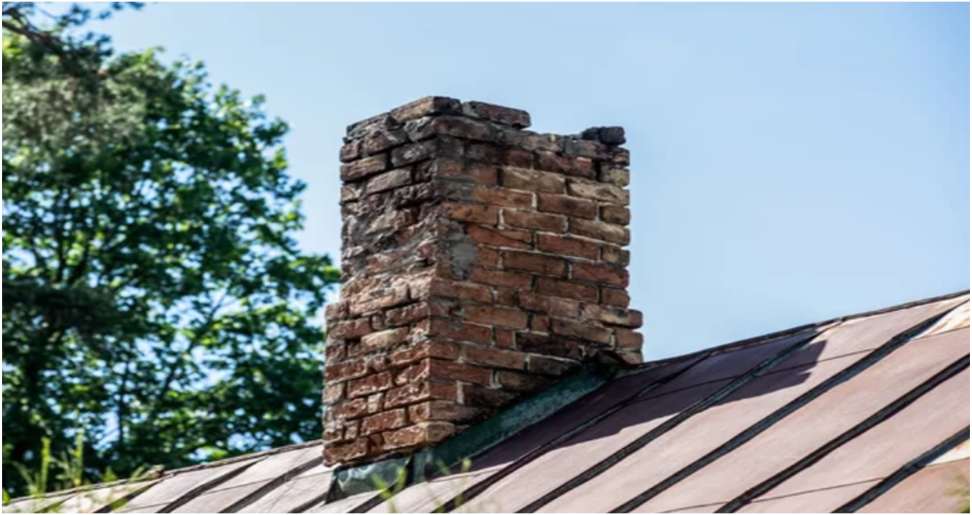Chimneys have long been a staple in home architecture, providing both functional and aesthetic value. However, there are situations where removing a chimney becomes a necessary step in home renovation or improvement. Whether it’s due to the chimney’s declining condition, a change in heating systems, or a desire to modernize your home’s appearance, understanding the process of home chimney removal is crucial for a successful and safe project.
When to Consider Home Chimney Removal
- Structural Damage: Over time, chimneys can suffer from severe wear and tear. Issues such as cracked masonry, crumbling brickwork, or a compromised flue can lead to significant structural problems. If the chimney is in poor condition and poses a risk to the safety of your home, removal may be the best solution.
- Changing Heating Systems: Modern heating systems, such as high-efficiency furnaces or heat pumps, often do not require traditional chimneys. If you are updating your heating system and the chimney is no longer needed, it may be practical to remove it to free up space and improve energy efficiency.
- Renovation Projects: During major home renovations, you might decide to remove the chimney to create more space or to change the roofline. A chimney that is no longer aligned with the new design or function of your home may be better off removed.
- Aesthetic Reasons: Sometimes, a chimney may not fit with the updated style of your home. If it’s an eyesore or clashes with modern aesthetics, removing it might enhance the overall appearance of your property.
How to Safely Remove Your Chimney
1. Assess the Situation
Before proceeding with home chimney removal, it’s essential to assess the situation thoroughly. Hire a professional inspector to evaluate the chimney’s condition and determine if removal is indeed necessary. An inspection will also help you understand the structural implications and guide you in planning the removal process effectively.
2. Obtain Permits and Consult Professionals
In many regions, removing a chimney requires a permit from local authorities. Check with your local building department to ensure you comply with regulations. Consulting with a professional contractor who specializes in chimney removal is crucial. They have the expertise to handle the complexities involved in the process safely and efficiently.
3. Prepare the Area
Before starting the removal, prepare the area around the chimney. This includes protecting nearby furnishings and surfaces from debris. If the chimney removal involves significant demolition, it might be necessary to create a containment area to manage dust and debris.
4. Disassemble the Chimney
The removal process typically begins with disassembling the chimney from the top down. The contractor will carefully remove the chimney’s exterior brickwork or masonry. This step is done with precision to prevent damage to the surrounding structure. Special equipment may be used to safely lower debris and manage the dismantling process.
5. Remove the Flue and Interior Components
Once the exterior is removed, the next step is to address the interior components of the chimney, including the flue and any associated liners or supports. These elements are often removed in sections to minimize disruption and ensure safe handling.
6. Address the Roof and Interior Space
After the chimney is fully removed, you’ll need to address any openings left behind in the roof and interior spaces. This involves repairing and sealing the roof to prevent leaks and ensuring that the interior ceiling or wall is properly patched and finished.
7. Final Inspection and Cleanup
Once the removal is complete, a final inspection should be conducted to ensure that all work has been performed to code and that the area is safe and clean. Any debris should be properly disposed of, and the site should be left in good condition.
Conclusion
Home chimney removal is a significant project that requires careful consideration and planning. Whether driven by safety concerns, changes in heating systems, or aesthetic preferences, removing a chimney involves several steps to ensure the process is completed safely and effectively. By understanding when and how to remove a chimney, and by consulting with professionals, you can make informed decisions and achieve the desired results for your home.
Must Read :
- What Is A Professional Packing Service?
- How To Start A Fashion Design Business?
- What Is The Flooring Business ? How To Get Started

